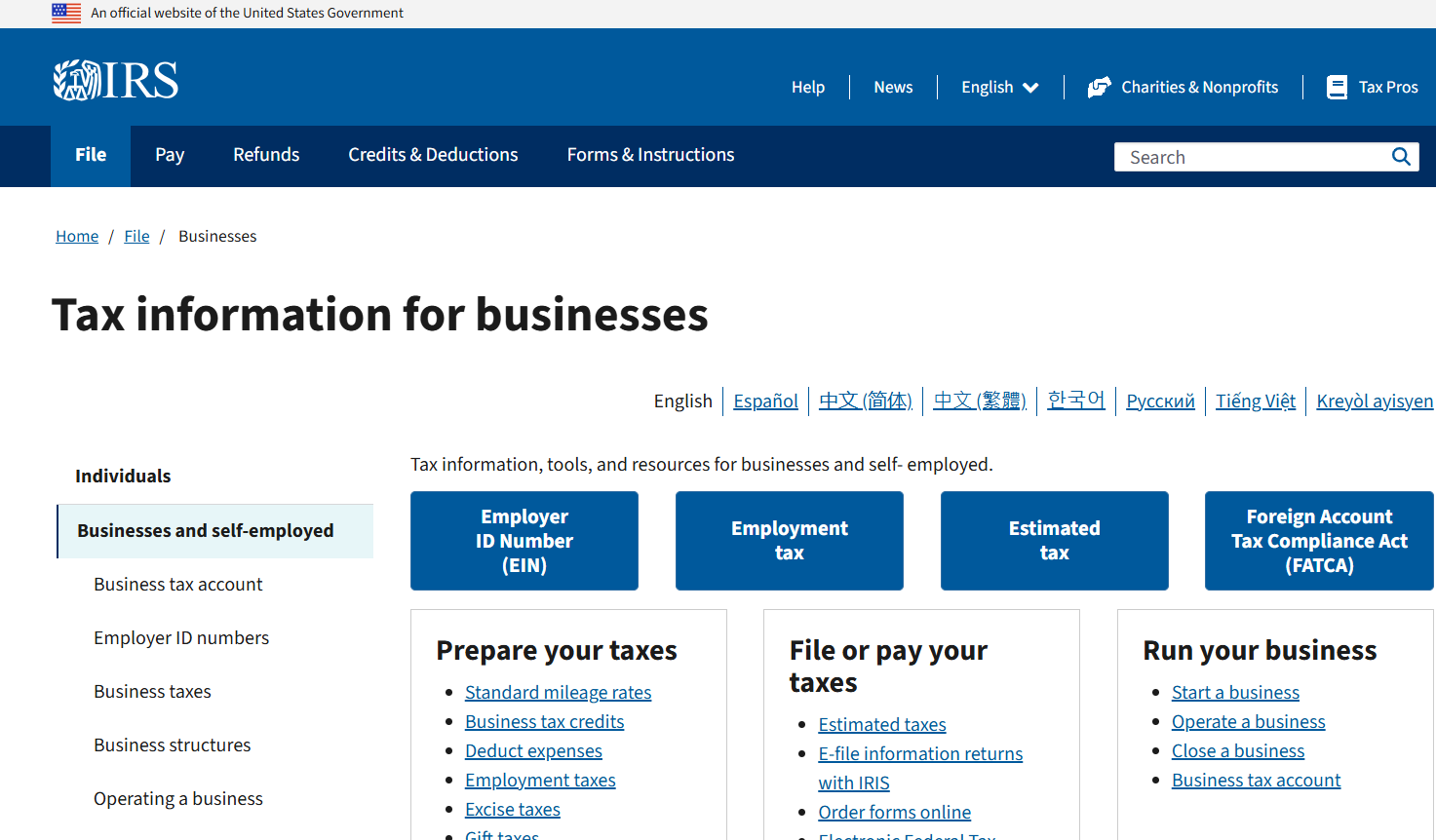Deduction for Overtime Compensation
A new deduction for overtime for tax years 2025 to 2028
Subject to a phaseout for taxpayers above certain modified adjusted gross income (MAGI) levels, a deduction is allowed for tax years 2025 through 2028 for up to $12,500 (up to $25,000 for joint filers) of “qualified overtime compensation” that a worker receives during the tax year, and for which the worker gets a Form 1099 or W-2, showing the qualified overtime compensation. The deduction is available to both non-itemizers and itemizers.
What is qualified overtime compensation?
Qualified overtime compensation means the portion of overtime compensation paid to an individual that's required under a federal law called the Fair Labor Standards Act (FLSA) §7, and that's above the regular rate of pay. In general, this means non-exempt (i.e., hourly) employees working more than 40 hours in a work week who are entitled under the FLSA to overtime pay at a rate of 1.5 times their regular rate of pay (i.e., “time-and-a-half”).
However, only the part of the overtime compensation that's above the regular rate of pay qualifies for the deduction. In other words, only the “half” in the time-and-a-half (also known called the premium) may be deductible.
Example: An hourly employee, whose regular rate of pay is $20 per hour, works 10 hours of overtime in a given week. Her overtime rate is 1.5 x $20 = $30 per hour and her total overtime pay for the week is $30 x 10 hours = $300. But, of that $300, $200 reflects her regular rate of pay ($20 regular rate x 10 hours = $200) and isn't deductible; instead, only the extra $100 is qualified overtime compensation.
Phaseout of the deduction. The deduction phases out for taxpayers with MAGI above $150,000 ($300,000 for joint filers).
Married taxpayers must file jointly. For married taxpayers, the deduction is available only if they file jointly.
Social Security Number (SSN) required. To claim the deduction, the taxpayer must include their SSN on the return (no deduction allowed without the SSN).
Information reporting. The deduction is available only for qualified overtime compensation received during the tax year that's included on the worker's Form W-2 or 1099. If an employer or other payor fails to report qualified overtime compensation, they should be contacted to correct the error. Beginning as of 2025, employers and other payors are required by statute to separately account for qualified overtime compensation on Forms W-2 and 1099. However, under a transition rule for 2025 only, they may approximate the qualified overtime compensation by any reasonable means IRS specifies in forthcoming guidance.
Income tax withholding. IRS is required to adjust its income tax withholding procedures by 2026 to account for qualified overtime compensation. These adjustments should help avoid overwithholding once they're in place.










